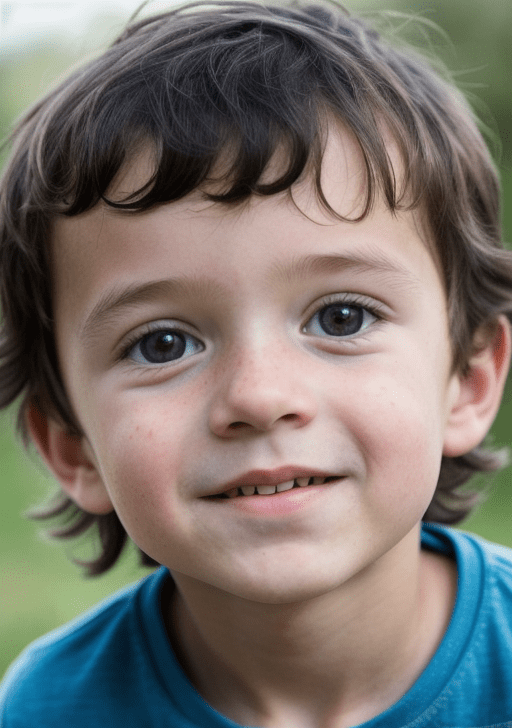Can a child look like neither parent?
When it comes to the manifestation of physical traits, it is commonly believed that children inherit a combination of features from their biological parents. It's an exciting experience for most parents to witness the blending of their own characteristics in their offspring. However, genetics can sometimes bring about unexpected surprises. In rare cases, a child may resemble neither of their parents, leaving many to question the nature of genetics and inheritance.
Understanding the Basics of Inheritance
Before diving into the possibility of a child looking dissimilar to their parents, it's important to grasp the fundamentals of inheritance. Parents pass genetic information to their offspring in the form of genes, which are arranged along chromosomes. These genes determine various physical traits in individuals, such as eye color, hair texture, and height.
Each person typically carries two copies of each gene, received from their respective parents. While some genes are dominant and more likely to be expressed, others are recessive and may be overshadowed unless both parents possess them. The combination of genes inherited from both parents contributes to the appearance of their child.
The Role of Genetic Variation
Genetic variation is a crucial factor in determining how children resemble their parents. Even though two parents' genetic material combines to create a child's DNA, the process is not as straightforward as a direct blend of both parents' features. Genetic variation ensures that the genes expressed in a child may differ from those of their parents.
During the formation of reproductive cells, called gametes, genes randomly recombine. This process introduces an element of randomness, which increases the chance of a child receiving a combination of genes that don't directly replicate their parents' features. Additionally, genes can mutate, leading to further divergence in appearance.
Unusual Genetic Predispositions
There are instances where a child may inherit recessive or dormant genes that neither parent outwardly displays. These unseen genetic predispositions can manifest unexpectedly, resulting in a child who appears quite different from their parents. It is worth noting that genetic traits can sometimes skip generations and reemerge in future offspring.
Genetic Ancestry
While the physical resemblance between a child and their immediate parents may seem minimal, it is possible for a child to resemble a distant ancestor. Genetic material can be passed down through generations, potentially resurfacing in a child's appearance. These traits might not be noticeable until several generations later, creating a surprise resemblance to a long-lost relative.
Epigenetic Factors
Epigenetics refers to the study of changes in gene expression that aren't due to alterations in the underlying DNA sequence. Environmental factors and lifestyle choices can leave chemical marks on DNA, affecting the way genes are activated or silenced. Epigenetic modifications can influence the expression of certain traits, leading to variations in appearance.
Conclusion
While it is statistically improbable for a child to look entirely dissimilar to their parents, the possibilities are not entirely ruled out. The interplay of genetic variation, dormant genes, ancestral traits, and epigenetic factors can contribute to unexpected outcomes in a child's appearance. Embracing these surprises can be a fascinating and humbling experience for parents, demonstrating the incredible diversity and complexity of human genetics. So, even if your future child doesn't resemble either parent, remember that they are an individual blending the unique genetic heritage of their family.
